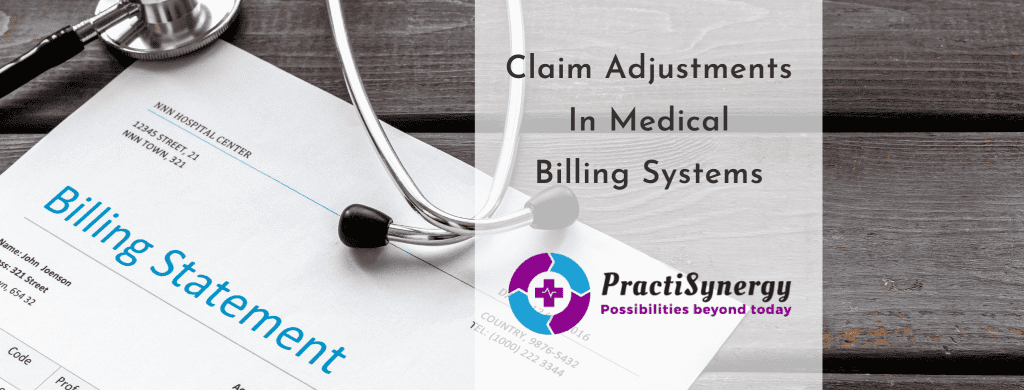When it comes to medical billing, the coding network can get quite tricky. There are many reasons your claim may be denied. This fault could fall on the provider or the payer. The more informed you are, the easier the claim process will operate. It’s important to cooperate with your medical coding professionals and give them the most accurate information possible to avoid a denied claim. The best way to avoid errors is to communicate efficiently.
Having a claim error can negatively impact your practice and harm revenue cycles. To achieve an optimum experience with patients, it’s important to make this process seamless and smooth. We’ve all heard the “a bad foundation builds a weak house…” analogy. Think of your medical billing system in such a way. The well-being of your business is one of your main priorities. It’s essential to maintain a strong base of medical coding to keep everything on the front lines running as it should. At PractiSynergy, our highly trained staff works closely with you to build that foundation. This way you can get back to what’s important, rather than stressing about coding errors.
Furthermore, we’re here to divulge common errors leading to claim denials. Using our years of experience, we’ve gathered our knowledge to reveal the top three reasons we see claims get denied – and how to avoid them.
- Claims not filed on time
- Provider contracts with Insurance companies dictate how long from the date of service a claim can be filed
- Traditional Medicare is 1 year
- Many insurers have drastically shortened time to 90-180 days
- You can appeal denials with proof you filed on time – these appeals also must be filed timely
- No Authorization or Exceeded Authorization Denials
- Providers must know which procedures require prior authorization from the insurance company
- Most insurers allow providers to submit for emergency authorization when procedures must be done – or allow for post-service review and authorization
- Most insurers DO NOT allow providers to bill patients if the provider neglected to get a prior authorization
- The authorization typically states a time frame when the procedure must be completed as well as the number of procedures or visits allowed
- Appeals may be done if there is documentation that information received from the insurance company stated an authorization was not required.
- Claim errors and patient demographic errors
- Coding errors happen – but there are ways to minimize these errors by building edits or macros into a practice management system
- Patient intake forms – these forms are typically filled out by patients. As these forms have become electronic they tend to feed directly into the practice management system. This causes an immense amount of error since most patients do not know exactly what information they need off an insurance card or they may put a nickname that does not match the insurance database
- All demographics need to match what insurance companies have on file or there is a high probability of claims being rejected or denied
By making sure your claims are authorized, reported on time, and fully reviewed before submission, you’re able to avoid the most common faults we see as medical billing professionals. Taking these proper precautions can help the well-being of your practice and its backend process.
Using this data, we’ve formulated our business in a manner to avoid such errors. We ensure our clients get none of the stress and all of the cash flow. When we work together we’re able to take the stress of coding errors off your back. Get back to what you do best. It’s our passion to help you, so you can help others. To get informed about our medical coding and billing services, Call Katie at PractiSynergy or reach out via Email.





